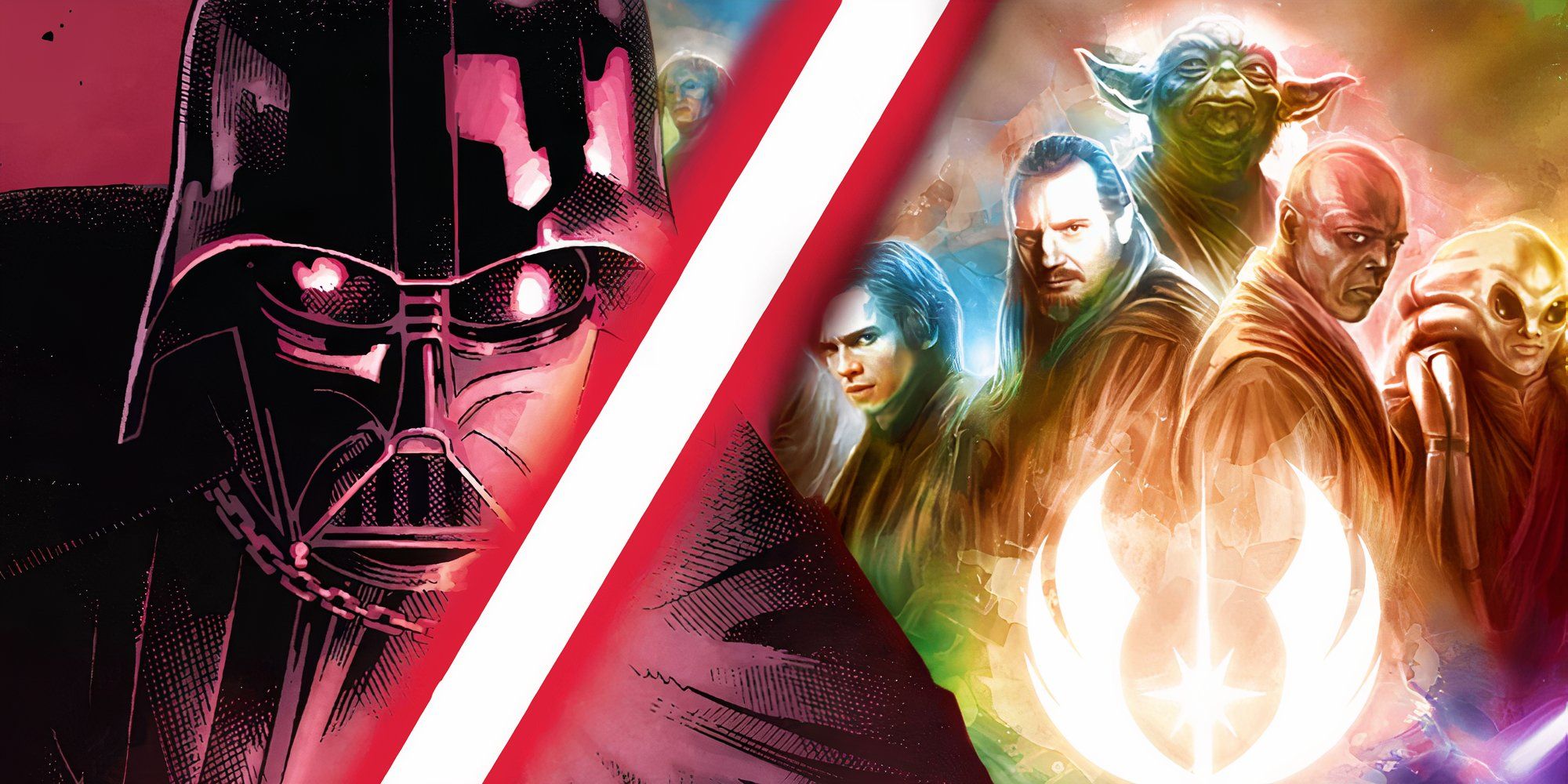
The utilization of lightsabers is only set to continue in upcoming Star Wars movies, from Rey Skywalker’s New Jedi Order film to the exploration of the Prime Jedi in James Mangold’s “Dawn of the Jedi” project. Concerning how the weapons are used in battle, there are many different lightsaber combat forms in Star Wars. One such form is Form V, or Djem So, which utilizes powerful strikes, strong defense, and swift counterattacks. A Star Wars character who uses this form is none other than Darth Vader, who also found that one forbidden lightsaber technique was key to defeating Jedi warriors.
Darth Vader Used A Dual-Phase Lightsaber
Darth Vader Could Change The Length Of His Lightsaber Blade
.jpg)
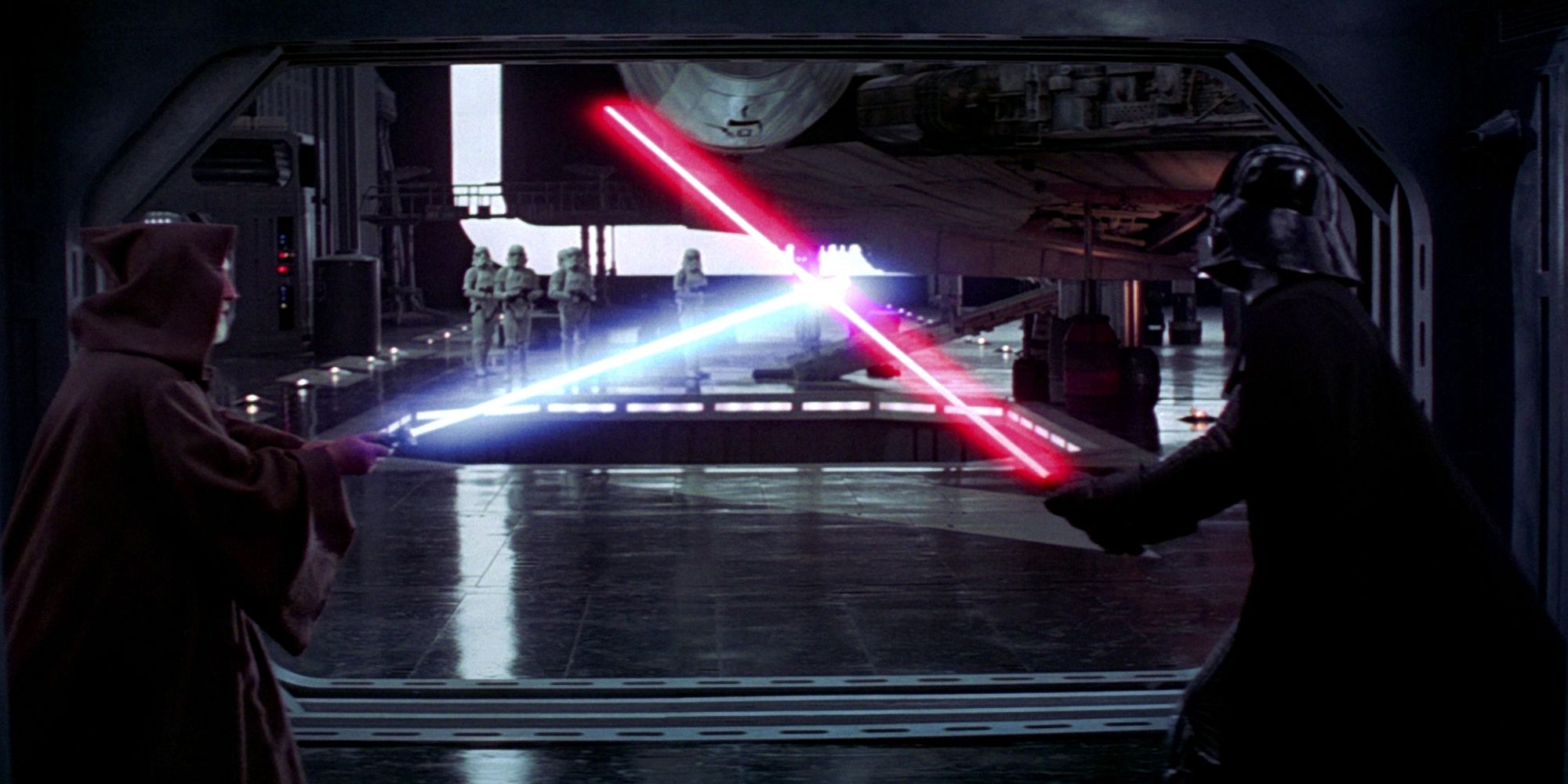
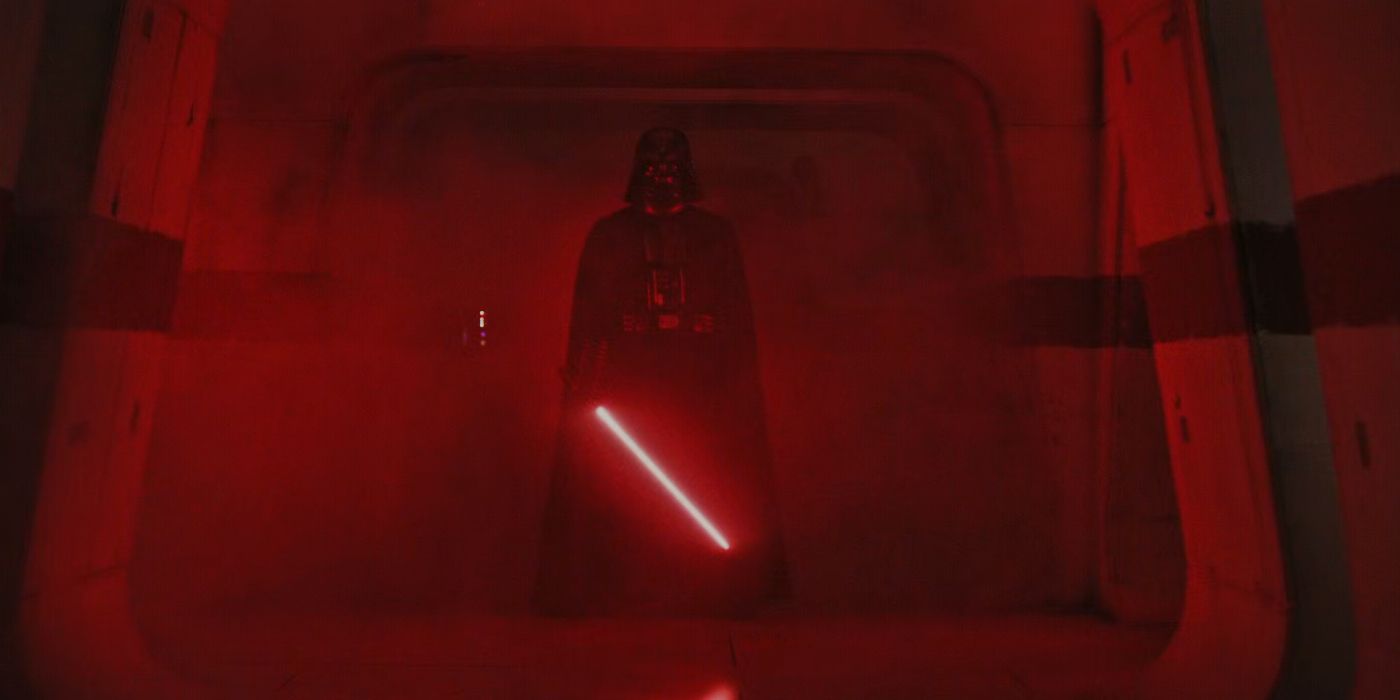
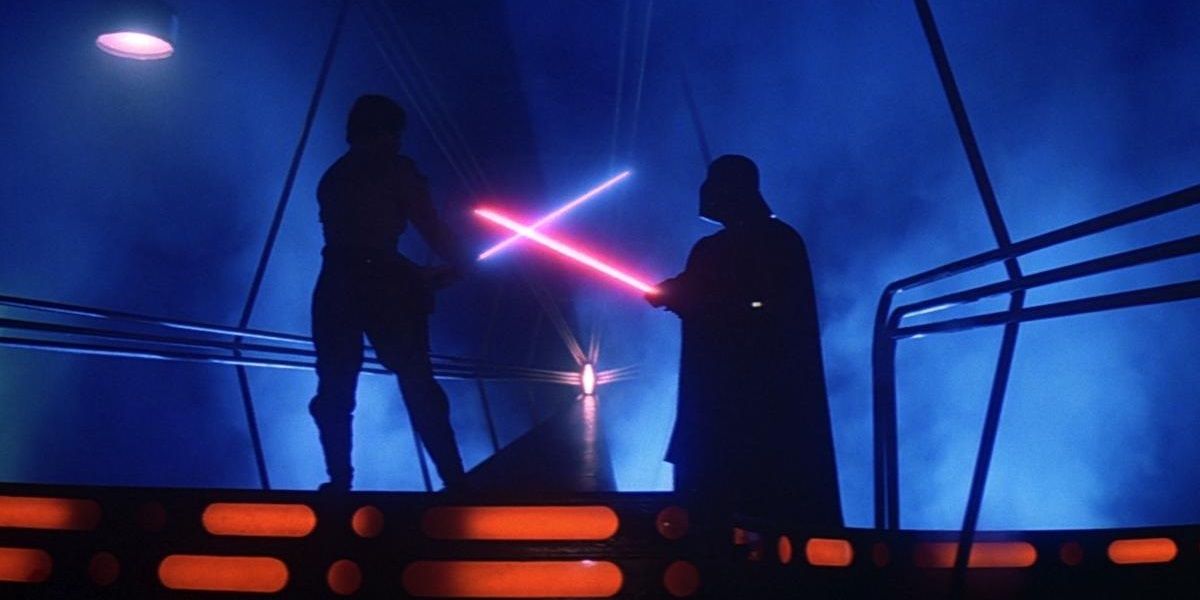
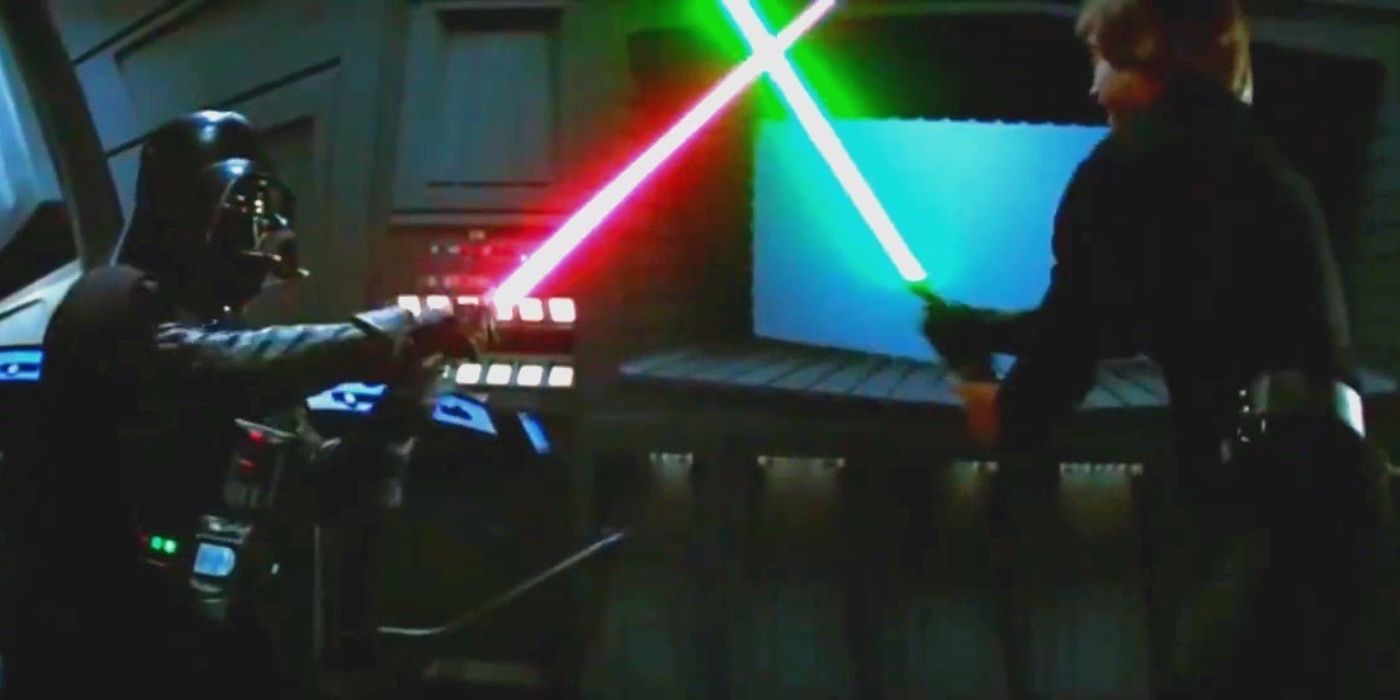
The technique in question refers to a dual-phase lightsaber. Darth Vader possessed such a saber, with the term dual-phase linking to the length of the blade. In Star Wars, dual-phase lightsabers house two Kyber Crystals instead of one. At the wielder’s behest, these Kyber Crystals could be instantly switched between. This allowed the blade of the lightsaber to lengthen or shorten, depending on which Kyber Crystal was placed in partnership with the weapon’s emitter.
In combat, Vader found this technique incredibly useful when facing members of the Jedi Order. At a moment’s notice, Vader was able to shorten or lengthen his lightsaber blade, momentarily confusing his opponents. As is the case with any form of sword-fighting in real life and in the Star Wars universe, the length of an opponent’s blade will dictate how a duel ensues. If this length is changed with minimal warning, the combatant – in this case Vader – gains an advantage.
The Jedi Had Always Frowned On This Kind Of Technique
The Usage Of Dual-Phase Lightsabers Did Not Sit Right With The Jedi
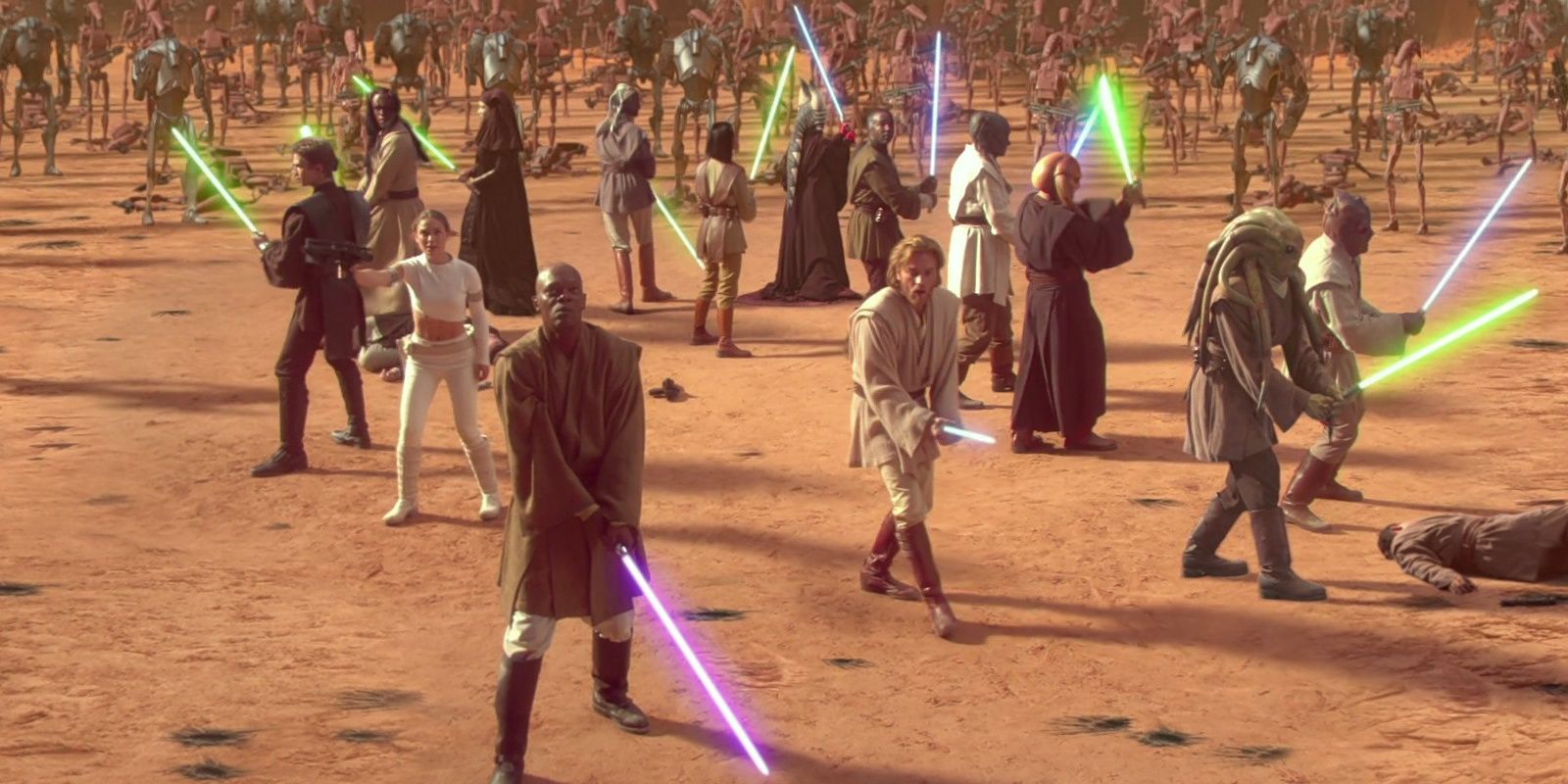
Throughout Star Wars‘ extensive history, dual-phase lightsabers have not been common among Jedi. The reason for this primarily stems from the Jedi Order’s code of honor, which links to the morals of Japanese samurai, on whom George Lucas based the Force-wielding warriors. Dual-phase lightsabers were seen as dishonorable, with the Jedi frowning upon the technique for that reason.
Utilizing a blade of changing length was often a means of a quick, deceitful kill. The Jedi did not find this to be honorable, as they respect their opponents as samurai would in real life. Using a dual-phase lightsaber immediately makes the fight unpredictable, and throws an enemy off balance. If an opponent has to quickly recover from a change in blade length from their opponent, they are more susceptible to killing blows, something Vader quickly discovered in Star Wars canon. The Jedi do not approve of such tactics, thus frowning upon the dual-phase lightsaber type.
Jedi Wouldn’t Have Been Trained To Deal With Dual-Phase Lightsabers
The Jedi Order’s Disregard For Dual-Phase Sabers Gave Vader The Upper Hand

As a direct result of the Order’s disapproval of dual-phase lightsabers, Jedi Knights would not have been trained to deal with such weapons. This inherently gives their enemies, such as Vader, the upper hand in potential duels. One of the common themes of the prequel trilogy was that the Jedi were blind to the rise of the dark side. This saw them grow complacent with several things, losing sight of what the Jedi stood for in favor of their dogmatic beliefs. Interestingly, this can apply to the concept of a dual-phase lightsaber.
In the minds of the Jedi, the rise of the Sith and forbidden techniques was barely even possible, meaning the need to defend against such was low.
Due to the Jedi frowning upon such techniques, they refused to even teach Padawans how to deal with dual-phase lightsabers. In the minds of the Jedi, the rise of the Sith and forbidden techniques was barely even possible, meaning the need to defend against such was low. This gave the eventual rise of the dark side more power, with the Jedi failing to see what was under their noses. When Vader rose and began hunting down surviving Jedi, the Star Wars Sith Lord relied on techniques he knew the Jedi would not have the foresight to defend against.





